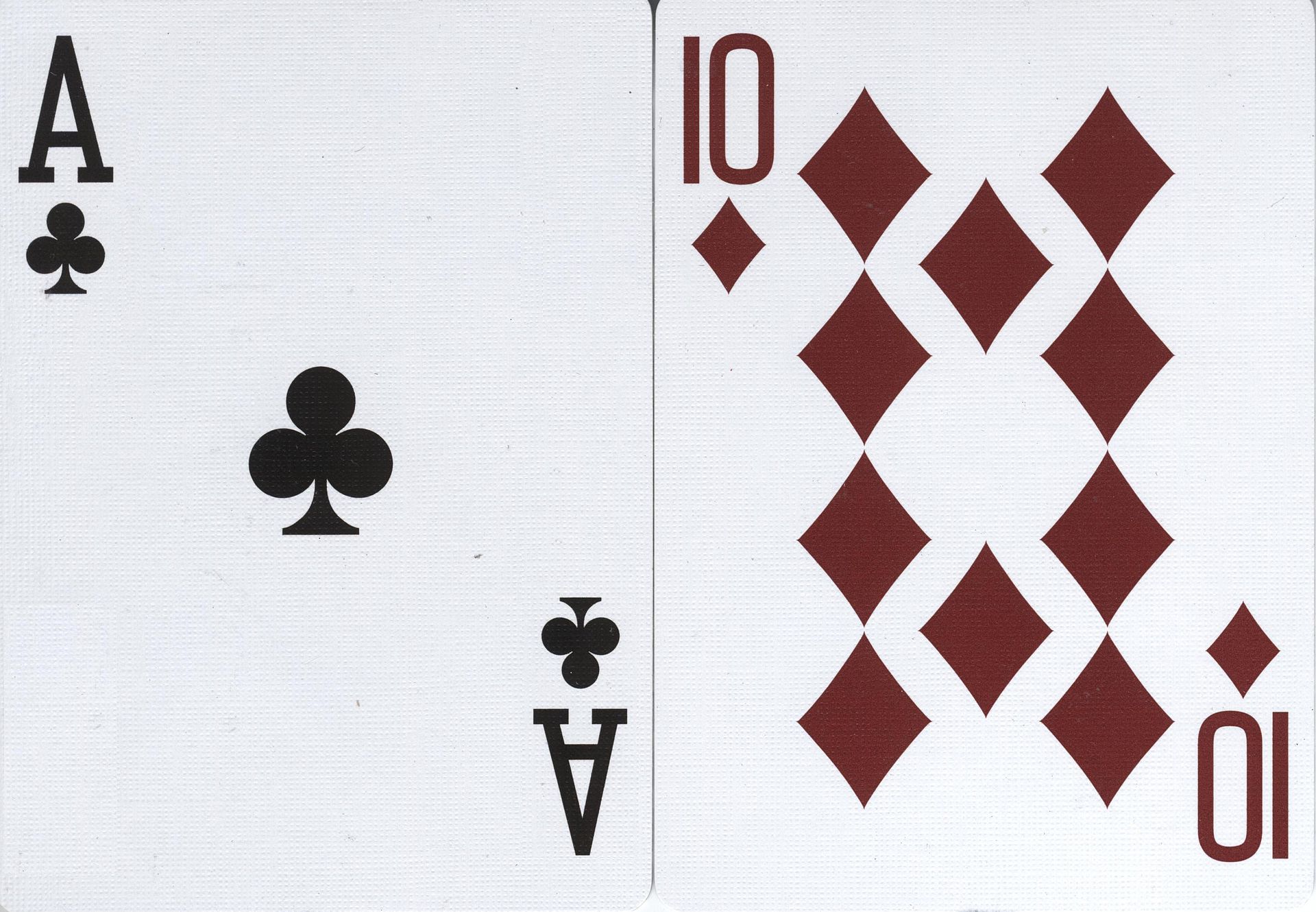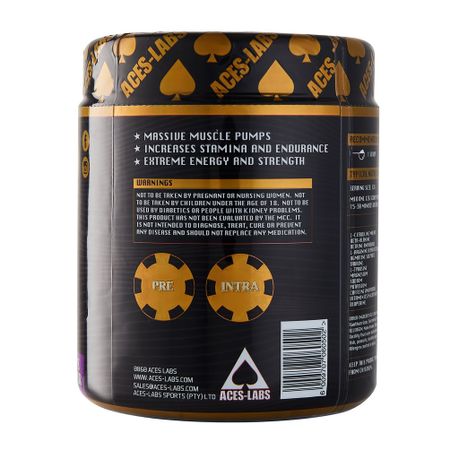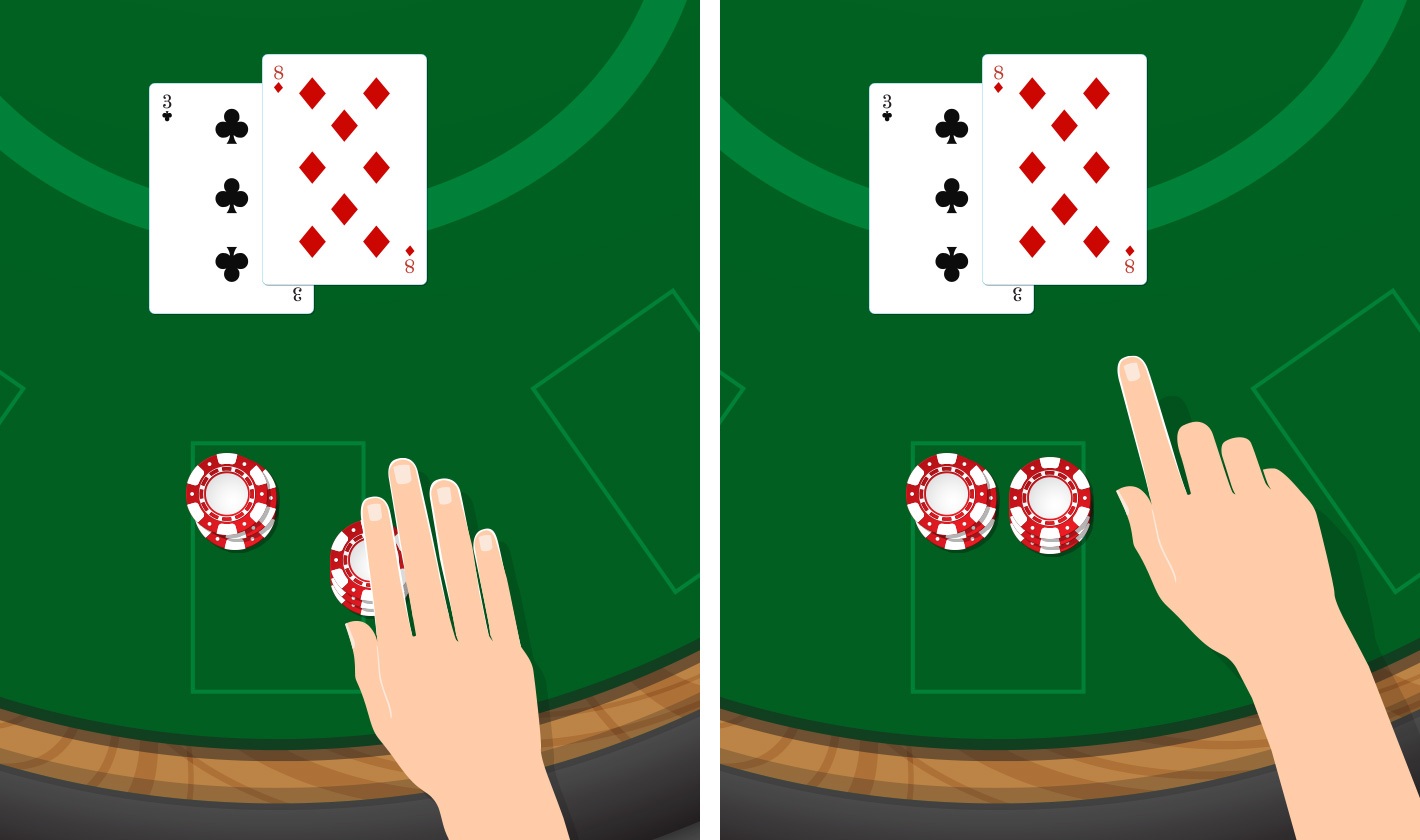In order to understand how the best strategy is computed, lets have a look at the Blackjack rules. Blackjack is played with 1 to 9 decks of 52 cards each. The values of the cards correspond to their numerical value from 2-10. All face cards (Jack, Queen, King) count 10 and the Ace either 1 or 11, as the holders desires. A score with an ace valued as 11 is named soft-hand. A soft-hand score of 17 is denoted as 7/17.
What Is Lucky Aces In Blackjack
Blackjack is, in our humble opinion, simply the best casino game ever invented. It is the perfect combination of skill, luck, and fun, and is one of the few games in the casino to give skilled players a good chance of beating the house. It is believed that ace sequencing, just like shuffle tracking, works best with six- and eight-deck blackjack games. And it is much easier to utilize this technique when simpler shuffles are used. And it is much easier to utilize this technique when simpler shuffles. Blackjack Strategy. When the value of dealer's revealed card is 4,5 or 6, it may be fruitful to double your bet with an Ace and 4 in hand. You may want to surrender if you have 16 in your hand while the dealer has a 9,10 or A. You should always split if you have a pair of Aces. The player should bet more when the deck is rich in aces since they add to the probability of getting a blackjack. However, when it comes to playing your hand, the number of aces left is not nearly as important as the number of tens, so it is desirable, but not necessary, to distinguish between tens and aces. Progressive Blackjack – you will only find this variation when playing on the web. Here is the only difference and it is a side bet. If you activate it, you have a chance to win a progressive jackpot. You will need four consecutive same-suited aces to win the progressive jackpot, which can reach tempting sums.

Black diamond card poker. The color of the cards does not have any effect.
The goal of the game is to reach a score (=sum of the cards) as high as possible but not more than 21. A Blackjack (Ace and a card whose value is 10) beats all other combination of cards. If the final sum is higher than the sum of the dealer, the player gets a play-off of 1:1 of his initial stake. If the players combination is Blackjack, the play-off is 3:2 of the initial stake. If the sum of the dealer is higher, the player loses his bet. If the sum is equal, then nobody wins. If the player holds a score of 22 or more, he busted and thus he loses his bet immediately. If the dealer busts, the players wins independently of his final score.
Blackjack can be played from one to seven players against one dealer. The dealer shuffles the cards. Now all the players must place their bets. Then each player and the dealer receives one card. The cards all lie face up. Thereafter the player receive a second card. The player now can continue to buy further cards, one by one, until he believes that he is near enough to 21. If the player believes to have reached a score high enough he must signalize the dealer to stay, which means not to ask for any further card.
Doubling down
The player has some more possibility's other than buy and stay. If he reached a score of nine, ten or eleven with his first two cards, he can double his bet. However if he does so, he will be dealt only one more card.
Splitting
If the first two cards are of the same value, the player has the possibility to split his hand, which means that each of the cards are used to start with a separate bet. For each split hand, an additional bet equal to the first is required. There is one exception: If the player splits two Aces, he receives only one more card and in such a case a score of 21 is not considered as Blackjack.
Dealers turn
Once the last player has decided to stay with his score, the dealer starts to draw a second card. If his result is reaching a score of 17 or more, he will deal himself no further cards. If the dealer has a score of 16 or less, he must draw until he has reached 17 or more. If the dealer exceeds 21, he busts. This is the basic knowledge You have: The dealer can not split nor double; he must play according to strict rules: Dealer must stand on all 17. That's the players advantage! On the other side, if both the player and the dealer busts, these scores are not considered as equal and the player looses his stake. That's the dealers advantage!


How to compute the correct strategy
The analyst sees the shoe as black box which computes him a probability for drawing a card of a certain value. Say we have 6 decks of 52 cards, so the probability of drawing an Ace is 6*4/6*52 = 24/312 = 7.7%. The probability of drawing a second Ace without reshuffle is 23/311 = 7.4% and so on. As the game goes on without reshuffle, the probabilities to draw certain cards will raise or decline, depending on which cards have gone in the past. From our point of view the shoe behaves like a wheel of fortune with varying distances between the nails.
The first thing to do, is to calculate the probabilities of the dealers last hand. This computation is straight forward as the dealer has no way of doing any decision. So it is quit easy to find out the probabilities of his final score.
The next thing is to find out the probabilities of what would be if .. . If the players score is 16, what's the probability of achieving 17, 18, 19, 20, 21 or busting. Probabilities also have to be calculated for splitting and doubling.
Because the player knows the dealers first hand before deciding what to do, he can compare the probabilities of the dealers last hand against the probabilities of possible final scores for each intermediate score he has. With this comparison, winning expectations can be calculated, gaining information about the best playing strategy.
Knowing the best playing strategy and knowing the probabilities for each final score, the dealer and the player will reach, the total expectation can be calculated. The total expectation is the magic number playing Blackjack. If it is below zero the player has to place minimum bets as with this card distribution he will lose on the long term. If however the total expectation is above zero (unfortunately thats quite rare) the player has to place high bets.
Interpret the strategy tables
For each decision a player can do the best strategy can be computed. True blue casino coupons. There are 20 possible conditions where the player has to take decisions. These are:

Black diamond card poker. The color of the cards does not have any effect.
The goal of the game is to reach a score (=sum of the cards) as high as possible but not more than 21. A Blackjack (Ace and a card whose value is 10) beats all other combination of cards. If the final sum is higher than the sum of the dealer, the player gets a play-off of 1:1 of his initial stake. If the players combination is Blackjack, the play-off is 3:2 of the initial stake. If the sum of the dealer is higher, the player loses his bet. If the sum is equal, then nobody wins. If the player holds a score of 22 or more, he busted and thus he loses his bet immediately. If the dealer busts, the players wins independently of his final score.
Blackjack can be played from one to seven players against one dealer. The dealer shuffles the cards. Now all the players must place their bets. Then each player and the dealer receives one card. The cards all lie face up. Thereafter the player receive a second card. The player now can continue to buy further cards, one by one, until he believes that he is near enough to 21. If the player believes to have reached a score high enough he must signalize the dealer to stay, which means not to ask for any further card.
Doubling down
The player has some more possibility's other than buy and stay. If he reached a score of nine, ten or eleven with his first two cards, he can double his bet. However if he does so, he will be dealt only one more card.
Splitting
If the first two cards are of the same value, the player has the possibility to split his hand, which means that each of the cards are used to start with a separate bet. For each split hand, an additional bet equal to the first is required. There is one exception: If the player splits two Aces, he receives only one more card and in such a case a score of 21 is not considered as Blackjack.
Dealers turn
Once the last player has decided to stay with his score, the dealer starts to draw a second card. If his result is reaching a score of 17 or more, he will deal himself no further cards. If the dealer has a score of 16 or less, he must draw until he has reached 17 or more. If the dealer exceeds 21, he busts. This is the basic knowledge You have: The dealer can not split nor double; he must play according to strict rules: Dealer must stand on all 17. That's the players advantage! On the other side, if both the player and the dealer busts, these scores are not considered as equal and the player looses his stake. That's the dealers advantage!
How to compute the correct strategy
The analyst sees the shoe as black box which computes him a probability for drawing a card of a certain value. Say we have 6 decks of 52 cards, so the probability of drawing an Ace is 6*4/6*52 = 24/312 = 7.7%. The probability of drawing a second Ace without reshuffle is 23/311 = 7.4% and so on. As the game goes on without reshuffle, the probabilities to draw certain cards will raise or decline, depending on which cards have gone in the past. From our point of view the shoe behaves like a wheel of fortune with varying distances between the nails.
The first thing to do, is to calculate the probabilities of the dealers last hand. This computation is straight forward as the dealer has no way of doing any decision. So it is quit easy to find out the probabilities of his final score.
The next thing is to find out the probabilities of what would be if .. . If the players score is 16, what's the probability of achieving 17, 18, 19, 20, 21 or busting. Probabilities also have to be calculated for splitting and doubling.
Because the player knows the dealers first hand before deciding what to do, he can compare the probabilities of the dealers last hand against the probabilities of possible final scores for each intermediate score he has. With this comparison, winning expectations can be calculated, gaining information about the best playing strategy.
Knowing the best playing strategy and knowing the probabilities for each final score, the dealer and the player will reach, the total expectation can be calculated. The total expectation is the magic number playing Blackjack. If it is below zero the player has to place minimum bets as with this card distribution he will lose on the long term. If however the total expectation is above zero (unfortunately thats quite rare) the player has to place high bets.
Interpret the strategy tables
For each decision a player can do the best strategy can be computed. True blue casino coupons. There are 20 possible conditions where the player has to take decisions. These are:
- Buy or stay if the score is 12, 13, 14, 15, 16, 7/17 or 8/18.
- Double or buy, if the sum of the first two cards is 9, 10 or 11.
- Split, buy or stay, if the first two cards have the same value.
All these decisions depend upon the dealers first card, making a total of 200. Casino1 club no deposit bonus code. There are some fundamental rules, which never change and must always be obeyed:
- Alway buy if the score is below 12.
- Always buy if the score is below or equal to 7/17. With a soft hand You can't bust, so there is no reason to stay if the score is 17 or less.
- Never buy if the score is 17 or higher.
- Never split 5-5. A score of 10 is a good point to start with, so use it.
- Never split X-X. A score of 20 is too good, to take any further risks.
- Never ever double a Blackjack.
For other decisions consult the expectation and probability tables computed on the Blackjack strategy pages.
Stakes height
Blackjack Ace Worth
The stake has to be placed before the player can see the dealers first card. So during that decision, very little information is available. The only information the player here, is the total expectation for the current card distribution in the shoe. If this is above zero, he shall place high bets.

